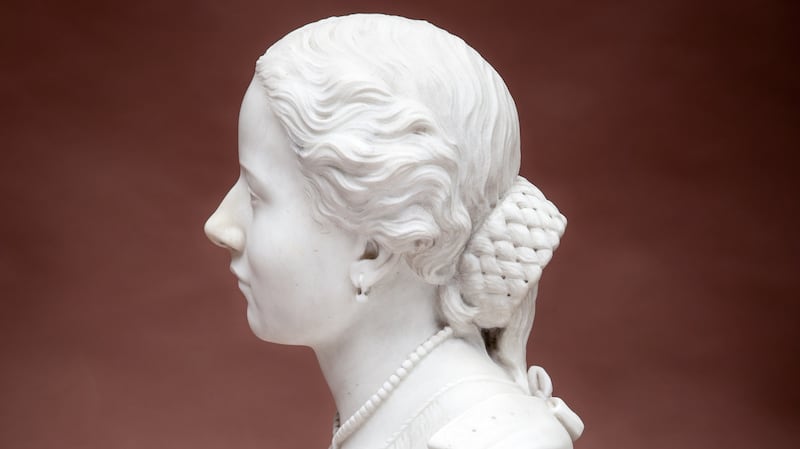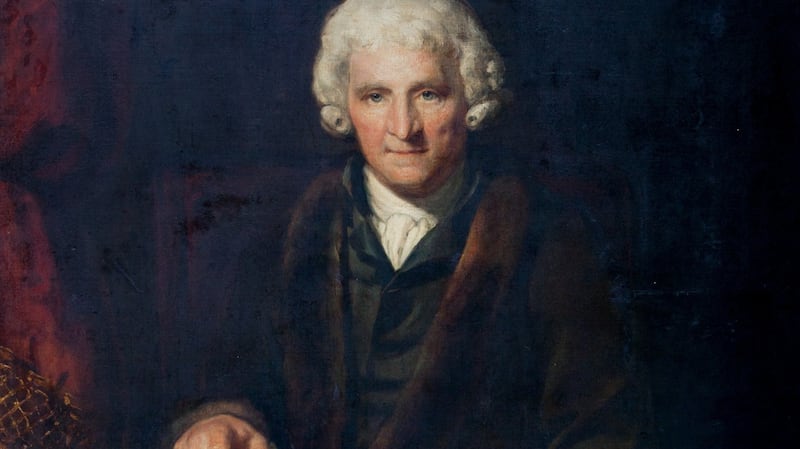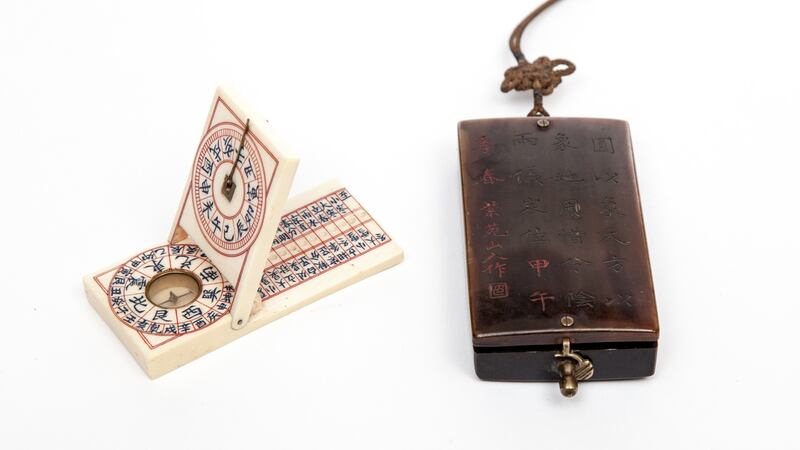Two centuries before the late singer Dolores O' Riordan became a star, Limerick had produced one of the world's first global music celebrities. Catherine Hayes was born in 1818 in the city's Patrick Street and became a hugely famous soprano in the mid-19th-century. She performed at Covent Garden in London, La Scala in Milan, toured the Americas and Australia and, in 1849, at the pinnacle of her career, performed at Buckingham Palace for Queen Victoria and guests. When the queen asked for an encore, Hayes reputedly sang Kathleen Mavourneen.
During a tour of the United States she so captivated an audience of gold miners in Nevada, they named a street in her honour – Kate Hayes Street in the town of Grass Valley. But in her late 30s she suffered poor health and died in 1861 aged 39. She is now largely forgotten but opera fans – and collectors of sculpture – may be interested in a white marble bust of Catherine Hayes that has turned up in Mealy's with an estimate of €3,000-€4,000.

Catalogued as Lot 224, the sculpture was made by the 19th-century Cork sculptor Richard Barter two years after her death and depicts her wearing her hair in a bun, with a bead necklace and a cross pendant, a floral spray in her left hand and her shoulders covered with a shawl.

Lot 538, a portrait painting, depicts another forgotten, albeit far less well-known Irish public figure. The portrait is "attributed to Sir Joshua Reynolds", the renowned 18th-century English artist, and is believed to depict English-born "Archbishop Richard Robinson, Lord Rokeby (1708-1794), Archbishop of Armagh, seated with a grey wig, wearing a fur jacket and holding a book". Robinson built himself a mansion at Marley in Louth, which he called Rokeby Hall which was abandoned after the 1798 rebellion. The oil-on-canvas, measuring 48 by 39 inches, is estimated at €2,000-€3,000 but could, of course, be worth a lot more if the attribution could be proven.
All eyes in the auction will be on Lot 144, described as “a very rare” Chinese rhinoceros horn carving of a figurine estimated at €20,000-€30,000. But there’s a most unexpected twist. While the carving [see pics] is believed to date from the 15th century, and to depict the Emperor Yongle, the horn is, apparently, 25,000 years old and from an extinct, Ice-Age species known as the “woolly rhino” (Coelodonta antiquitatis). It was bought for approximately €60 by an Irish tourist in an antiques shop in Morocco in 2006. He thought it was made of wood, painted with lacquer and was curious about its age. He had it radiocarbon dated by a laboratory in England. But how did such an object get made in the first place and how did it end up half-way across the world?
The most plausible theory is that a fossil of the wooly rhino was dug up in China in the 15th-century and a craftsman used the horn to make the carving. In imperial China, rhino horn was commonly carved to create decorative objects of great beauty and high value. And how might the carving have ended up in Morocco? Auctioneer George Mealy said an early "Ming Dynasty" explorer, Zheng He, had undertaken expeditions to Africa and the piece could have been transported during one of his voyages. He said it was already attracting interest from bidders as far afield as China.

Rhino horn – from the extant species – features in Lot 364, a 19th-century Chinese “Feng Shui” ivory compass in an etched rhino horn case (€200-€300). Trade in both rhino horn ivory is prohibited by the international Convention on International Trade in Endangered Species (Cites) but antique items made before the regulations were enacted can be traded subject to supervision.
The sale also includes the private collection of Chinese porcelain, artefacts and other Chinese-related items from a private Irish collector, Gerald Clarke, who spent the early 1990s living and working in Beijing and who, according to Mealy’s, “spent a lot of his spare time there combing the antique markets of Beijing, the Pan Jia Yuan Street Market and others, honing his collection and learning from dealers”. As well as antique pieces, his collection also includes some modern collectibles including Lot 137, an “Olympic torch for the 2008 Beijing Games” (€1,800-€2,500).
Mealy's, Castlecomer, Co Kilkenny. The Spring Sale antiques auction – with almost 700 lots – on Tuesday, March 13th, at 11am and online at mealys.ie Viewing: From noon, Sunday, March 11th.











